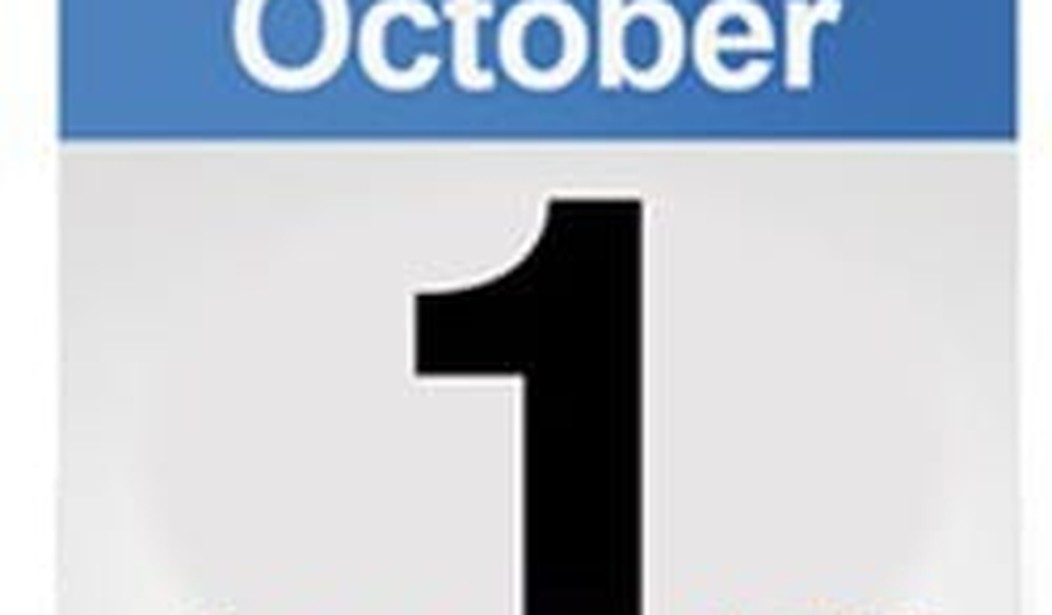WASHINGTON – A crucial portion of the Affordable Care Act intended to provide options for those seeking health insurance received a rocky launch on Tuesday amid computer glitches and customer confusion.
But the introduction of the exchanges, officially known as the Health Insurance Marketplace, also drew more public interest than predicted, leading proponents to point to significant interest in the program.
The Department of Health and Human Services reported more than 2.8 million people sought information from the federal exchange about obtaining health insurance on the first day of activity with most contacting the operation’s website – www.healthcare.gov.
The system encountered numerous problems on its opening day. The substantial internet traffic on the website for the federally run exchange that serves residents in more than 30 states tended to bog down, resulting in error messages and lengthy waiting periods.
For an extended period of time on opening day those looking to use the federal website were advised, “We have a lot of visitors on our site right now and we’re working to make your experience here better. Please wait here until we send you to the login page. Thanks for your patience!”
State-run exchanges also reportedly attracted heavy traffic and technological problems. In Kentucky, one of 17 states that run their own programs, those attempting to tap onto the site Kynect.Ky.Gov to get health insurance encountered difficulties logging on. For much of the day, the website exhibited a yellow box urging “patience and continued support” from those attempting to navigate their way through the confusion.
Some of the issues were ironed out. Kentucky wound up with 58,000 unique visitors on the first day. Almost 2,000 applications were started and almost 1,250 individuals without health insurance had signed up by the close of business.
Earlier on in the process it was determined that small businesses and residents of Washington, D.C., would have to wait to enroll beyond the Tuesday launch because of technical setbacks. Federal and state officials handling the complex communications system conducted numerous tests in the days leading up to the launch and offered assurances that it would be ready by the Oct. 1 deadline. It’s not fully established whether the glitches were the result of heavy traffic or flawed designs.
Still, it can’t be blamed on a lack of staff as furloughs didn’t affect these workers.
The Marketplace was opened Tuesday even though the federal government is experiencing a partial shutdown, resulting from the inability of Congress to adopt a spending package for the new fiscal year that began on Oct. 1. The stalemate stems from the desire of Republican lawmakers to defund Obamacare, or at least postpone it for a year, citing public discontent with the new law. Democrats in the Senate have rejected that position and demanded that the House send the upper chamber a “clean” spending package, also known as a continuing resolution.
About 800,000 federal workers were furloughed on Tuesday because of the congressional dispute. Some services have been temporarily terminated until some agreement is reached.
The Health Insurance Marketplace was opened, and the navigators and assisters hired to guide consumers through the process remained on the job despite the shutdown because of the way Congress decided to fund the program.
When the Affordable Care Act passed Congress and was signed into law by Obama in 2010, it included a provision for a “permanent appropriation” — meaning its 2014 budget was approved in a prior session of Congress and doesn’t require re-approval. The Office of Management and Budget determined that operations under the Affordable Care Act could continue under the approved funding source.
Speaking on Obamacare Tuesday, the president maintained, “because of its funding sources, it’s not impacted by a government shutdown.”
Eventually, the Obama administration expects 7 million consumers to obtain health insurance through the exchanges. About 6 million applicants who find it difficult to pay for the mandated coverage will qualify for tax credits
President Obama acknowledged the numerous technical problems but also noted that the initial demand “exceeds anything that we had expected.”
“Now, like every new law, every new product rollout, there are going to be some glitches in the signup process along the way that we will fix,” he said. “I’ve been saying this from the start. For example, we found out that there have been times this morning where the site has been running more slowly than it normally will. The reason is because more than one million people visited healthcare.gov before 7:00 in the morning.”
“This gives you a sense of how important this is to millions of Americans across the country, and that’s a good thing,” the president said.
The Health Insurance Marketplace, a key part of the Affordable Care Act, was unveiled Tuesday to provide a simpler way for uninsured Americans and their families to purchase health insurance in one place. The law, familiarly known as Obamacare, requires every American to obtain health insurance in one form or another.
Coverage begins as early as Jan. 1, 2014, for people enrolling by Dec. 15.
“For years, the financial, physical or mental health of millions of Americans suffered because they couldn’t afford the care they or their family needed,” said Kathleen Sebelius, secretary of Health and Human Services. “But thanks to the healthcare law, all of that is changing. Today’s launch begins a new day when healthcare coverage will be more accessible and affordable than ever before.”
Sebelius said the Marketplace offers a range of health insurance options so consumers can select a plan that best meets their needs. Individuals will be able to determine if they qualify for lower costs on health insurance based on income or free or low-cost coverage available through Medicaid or the Children’s Health Insurance Program.
“Today marks the start of an intense six-month long open enrollment and public education campaign for the Marketplace,” said Centers for Medicare & Medicaid Services Administrator Marilyn Tavenner. “We want consumers to know that they can find and compare options, check if they qualify for lower costs and get covered.”
Obama charged that the shutdown “is about rolling back our efforts to provide health insurance to folks who don’t have it.”
“It’s all about rolling back the Affordable Care Act,” he said. “This, more than anything else, seems to be what the Republican Party stands for these days. I know it’s strange that one party would make keeping people uninsured the centerpiece of their agenda, but that apparently is what it is.”
Still, problems popped up across the country. In Oregon, one of the states that chose to operate its own exchange, prospective buyers faced extensive website delays and were advised to sign up for an email notification of when it might be available. Maryland, another state with its own exchange, experienced four-hour delays.
Kansas advised consumers to wait a few weeks before trying to enter the system while the state works out the kinks. California officials acknowledged that the system was running slowly. Nonetheless, about 5 million residents managed to click onto the state’s website.
House Speaker John Boehner (R-Ohio) said the various delays and glitches proved that Obamacare “is not ready for prime-time.” He was not alone in that assessment.
“These exchanges are going live today with too many unanswered questions and too many unsolved problems,” said Sen. Orrin Hatch (R-Utah). “The Obama administration should have acknowledged the ample warning signs of problems in the exchanges and heeded the many calls for delay.”
Rep. Darrell Issa (R-Calif.), chairman of the House Oversight & Government Reform Committee, said the glitches revealed “how totally unprepared the government is for this launch even with three and a half years to prepare.”
“This is nothing, however, compared to the potentially irreversible damage the law threatens in the long term: skyrocketing premiums for families, more out-of-pocket costs, less choice and fewer plans and an unprecedented burden placed on small businesses and job creators,” Issa said. “The American people deserve better than this train wreck of a law, whose own champions have resorted to tamping down expectations while refusing to consider alternatives.”
Rep. Renee Ellmers (R-N.C.) noted that Obama administration officials provided constant assurances that “the massive program would be ready on Oct. 1. Yet here we are, witnessing failure on day one. This law was never ready for primetime and never will be.”
Sen. Roy Blunt (R-MO) said lawmakers were deprived of “the kind of opportunities you’d want to have to modify, to adjust, to try to make this law better” when it became law in 2010. The result, he said, is “a system that’s full of glitches — I think that’s the word most frequently being used today. Glitches means its not working. I don’t think those glitches get any better over the next few weeks.”









Join the conversation as a VIP Member